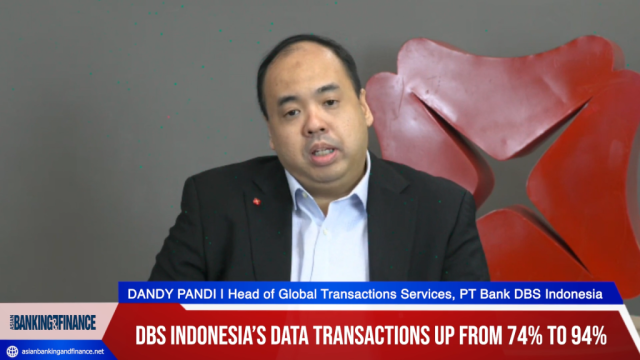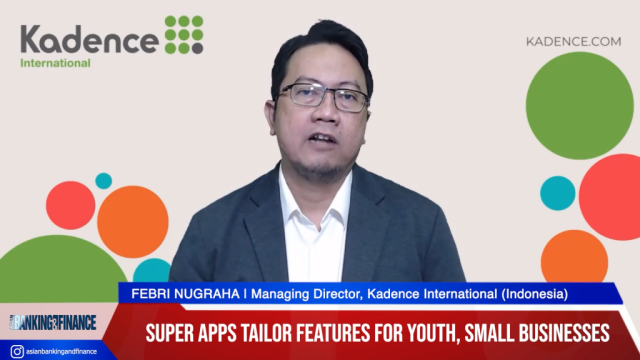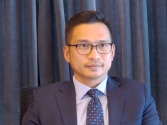Why it's imperative for Asian banks to find alternative models
By Azam AliThe persistent sluggishness and ominous uncertainty in Europe and United States economies, flanking warnings coming from different multilateral institutions, the continuing debt problems and economic fragilities in EU member countries and looming fiscal cliff in United States, indicate risks of global economic forecasts remaining on the downside in the short to medium term.
The current global economic scenario poses a very real threat to the developing economies of Asia.
The present liquidity crisis in microfinance institutions (MFIs) in Asian countries, alongside recent global financial and economic meltdown are pointers that eventual microfinance institutional systemic failure is in offing.
Clearly, the indicators reveal microfinance institution’s flawed methodology, which is premised on unsustainable economic and financial domain, which may entangle a significant portion of MFI’s clientele into a debt trap. The only survival option left for MFIs is to make a swift paradigm shift in their methodology and approach.
As far as the Asian banking and finance industry is concerned, to cope with the slowdown in economies of Asia and to mitigate the impacts, they need to rapidly diversify and invigorate pursuit of financial inclusion.
It is imperative to find alternative models and approaches that are promising and replicable by the MFIs and Asian banking industry alike, as well as ones that ashore in ground realities and rests on long term economic and financial sustainability domain.
Fortunately, the alternatives do not require reinventing the wheel. There are different institutional forms, which are efficaciously operating in different countries.
Their prime functionality is same as that of any MFI and conventional banking institution, which is acquiring multisource funding/ taking deposits and making loans for short to medium term, but with the difference of being firmly anchored in local communities, thereby fulfilling the financial inclusion objective more effectively.
The Asian MFIs along with the Asian banking and finance industry can adopt these other institutional forms with ease.
On the other hand, the Asian banks can embrace these institutional forms by establishing subsidiaries, new institutions, and or tailor the existing banking and financial sector institutional architecture and infrastructure.
The Asian central banks can imitate and acclimatize, as per their local conditions, the regulatory frameworks of these other institutional forms.
In the above backdrop, it is worth considering some of the under mentioned institutional forms and approaches.
The Mondragon Cooperative Corporation (MCC) is the largest worker co-op in the world. MCC has unique features of integrated system of cooperatives enterprise and one that successfully competes with conventional corporate rivals both domestically and internationally.
It represents a model for a financial institution based on the concept of worker-owned enterprise, which is anchored in local community with the proven potential to underpin a vibrant economy.
The Caja Laboral Bank for the Mondragon Cooperatives in the Spanish Basque country is quite insightful in the context of long-term financing that is more compatible with stable economic growth. The Mondragon local development methodology has established in rural areas a vibrant industrial base over the last 50 years.
The credit unions institutional form also captures organizational and community group accounts.
Basically, they are financial cooperatives whose members’ savings are its deposit base, which supports lending to its members on affordable terms. This institutional form is quite successful in Germany and France and over the years have captured market share of 16 and 40 percent respectively.
The methodological option for MFIs and banks is Micro-consignment. It is based on a simple principle of financing a micro venture with an agreed upon repayment period and the micro entrepreneur pays back the MFIs financed initial cost, using percentage of his/her profit.
This methodology embraces capacity building alongside provision of requisite goods to run a business/service.
To implant an institutional sustainability element; initial cost incurred integrates a built-in percentage to cover administrative and capacity building cost plus a small profit.
In this methodology the MFI’s and bank’s capacity is critical, which determines the level of its engagement, that commences with market research, selection of business, business process analysis, sale practices, selection of product/service and if need be product/service development.
The capacity building of the MFI’s clientele is of paramount importance, as they generally lack knowledge of supply chain management, marketing, basic accounting and market conditions & trends.
For MFIs, intricate study of Islamic microfinance modes and their operational methodology is an attractive embracing option. Broadly, the modes of financing under Islamic microfinance are; participatory profit/loss sharing, sale based, lease abased, benevolent loans with a service charge and microfinance insurance.
Already, the nascent Islamic microfinance programmes have shown impressive results in different Islamic countries.
Summing up, as indicated by the ILO report as early as 2009, the ILO preliminary estimates about global unemployment during the current decade were alarming and their forecast, that from now on, the world will face daunting challenges in the midst of expanding socioeconomic crisis; discerning it in the light of recent multilateral institutions’ global economic forecast, the ILO forecast has turned prophetic.
It is now of paramount importance for Asian MFIs and banks to enlarge the overall market size through adoption of swift strategic initiatives for multidirectional deeper penetration; failing it, the economic downturn will have serious repercussions for Asian banking and finance industry and MFIs.
























 Advertise
Advertise









